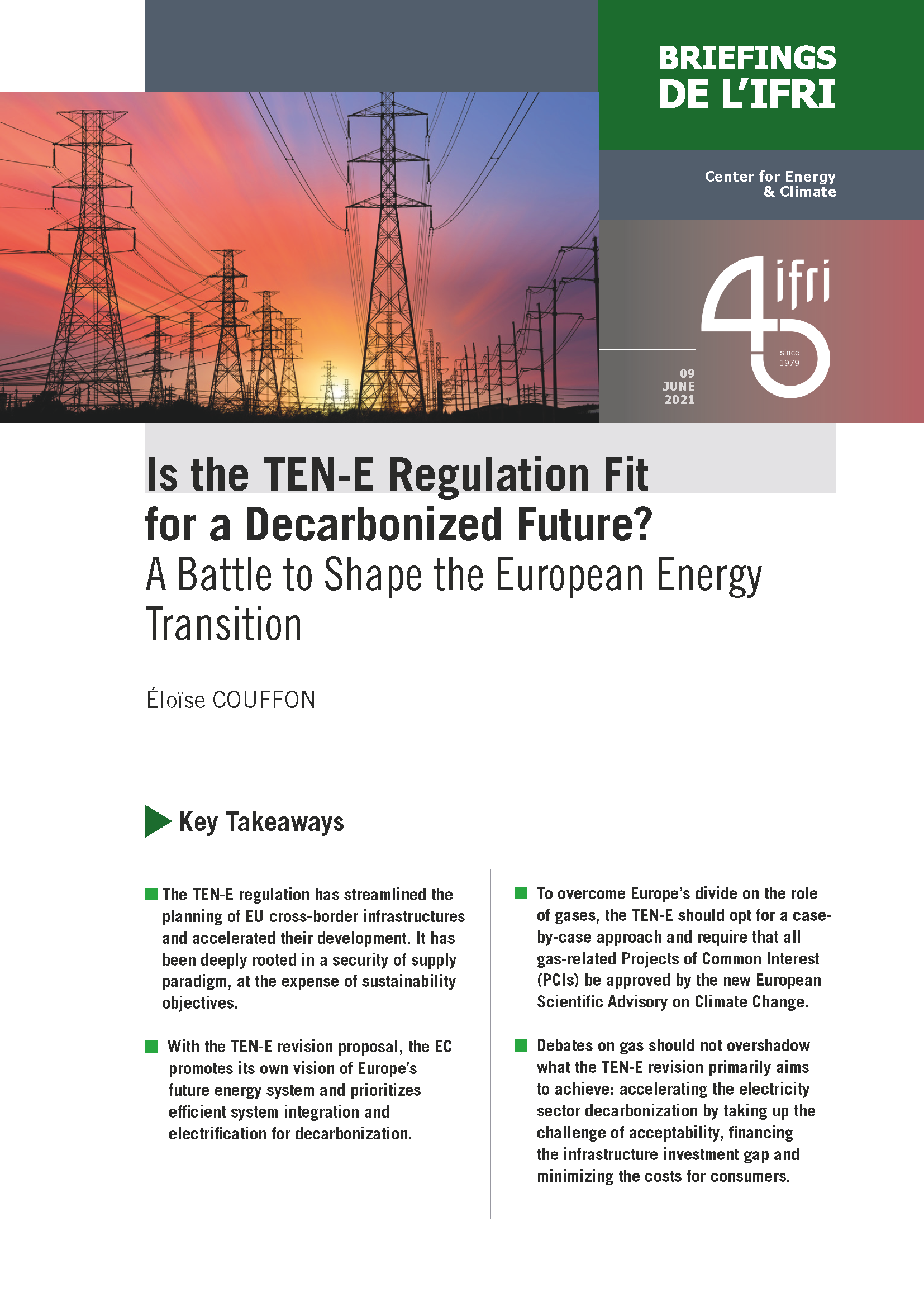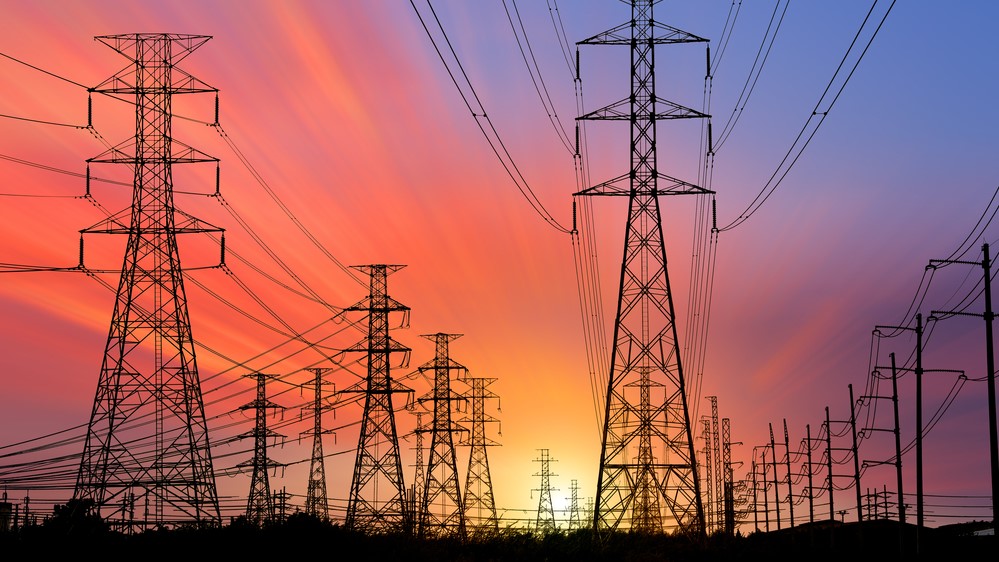Is the TEN-E Regulation Fit for a Decarbonized Future? A Battle to Shape the European Energy Transition

The European Union’s energy infrastructure policy has become obsolete with the adoption of both the Green Deal and the 2050 climate neutrality target. The ongoing review of the regulation on Trans-European Energy Networks (TEN-E) should lead to an-depth discussion on Europe’s energy transition strategy.

• The TEN-E regulation has streamlined the planning of European Union (EU) cross-border infrastructures and accelerated their development. It has been deeply rooted in a security of supply paradigm, at the expense of sustainability objectives.
• With the TEN-E revision proposal, the European Commission (EC) promotes its own vision of Europe’s future energy system and prioritizes efficient system integration and electrification for decarbonization.
• To overcome Europe’s divide on the role of gases, the TEN-E should opt for a case-by-case approach and require that all gas-related Projects of Common Interest (PCIs) be approved by the new European Scientific Advisory on Climate Change.
• Debates on gas should not overshadow what the TEN-E revision primarily aims to achieve: accelerating the electricity sector decarbonization by taking up the challenge of acceptability, financing the infrastructure investment gap and minimizing the costs for consumers.

Available in:
Regions and themes
ISBN / ISSN
Share
Download the full analysis
This page contains only a summary of our work. If you would like to have access to all the information from our research on the subject, you can download the full version in PDF format.
Is the TEN-E Regulation Fit for a Decarbonized Future? A Battle to Shape the European Energy Transition
Related centers and programs
Discover our other research centers and programsFind out more
Discover all our analysesAI, Data Centers and Energy Demand: Reassessing and Exploring the Trends
The information and communication technologies sector today accounts for 9% of global electricity consumption, data centers for 1-1.3%, and artificial intelligence (AI) for less than 0.2%. The growing energy demands of cloud services first, and now AI workloads (10% of today’s data centers electricity demand), have exacerbated this trend. In the future, hyperscale data centers will gain shares amongst all kinds of data centers and AI will probably account for around 20% of data centers electricity demand by 2030.
Unlocking India’s Energy Transition: Addressing Grid Flexibility Challenges and Solutions
India is rapidly scaling up its renewable energy (RE) capacity, adding 15–20 GW annually, but the ambitious goal of 500 GW of non-fossil capacity by 2030 is at risk unless the pace accelerates.
Europe’s Black Mass Evasion: From Black Box to Strategic Recycling
EV batteries recycling is a building block for boosting the European Union (EU)’s strategic autonomy in the field of critical raw minerals (CRM) value chains. Yet, recent evolutions in the European EV value chain, marked by cancellations or postponements of projects, are raising the alarm on the prospects of the battery recycling industry in Europe.

The New Geopolitics of Energy
Following the dramatic floods in Valencia, and as COP29 opens in Baku, climate change is forcing us to closely reexamine the pace—and the stumbling blocks—of the energy transition.









